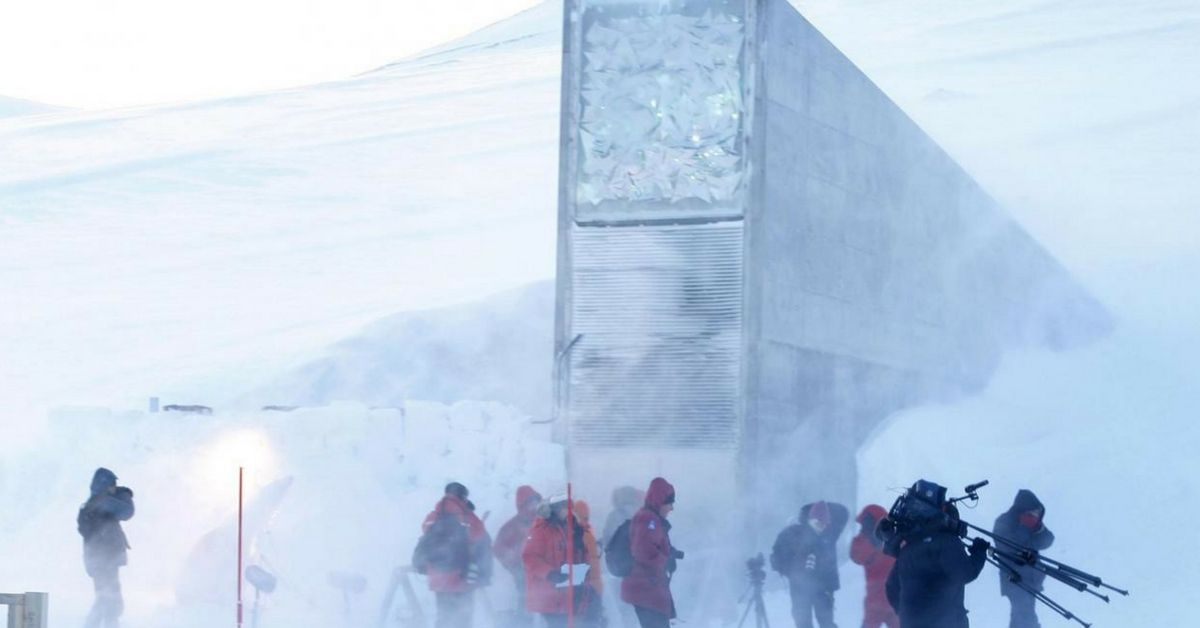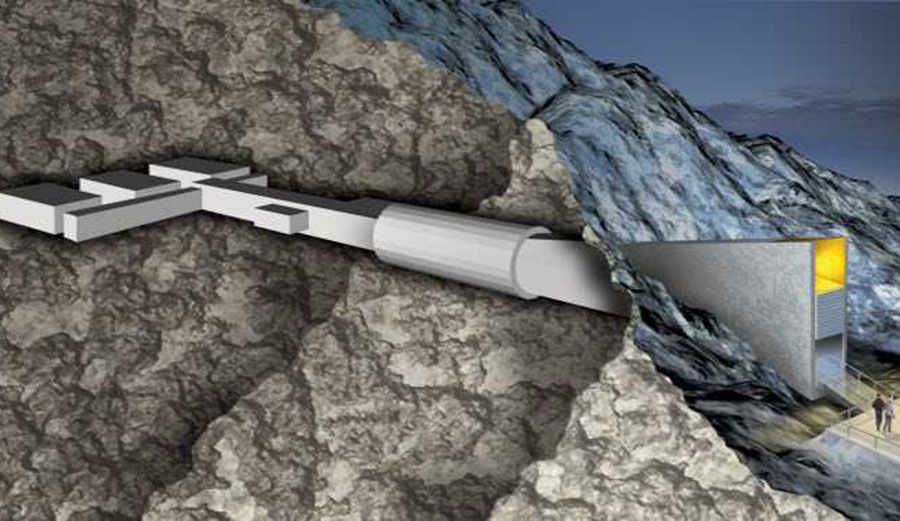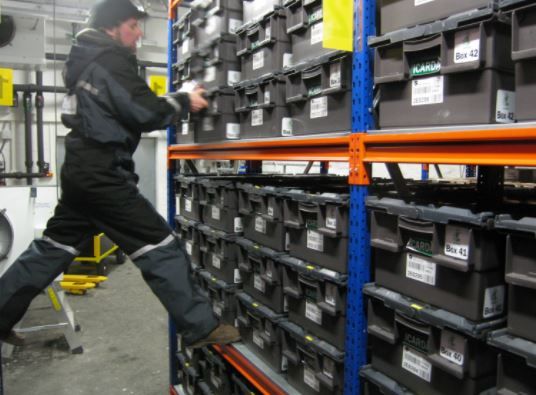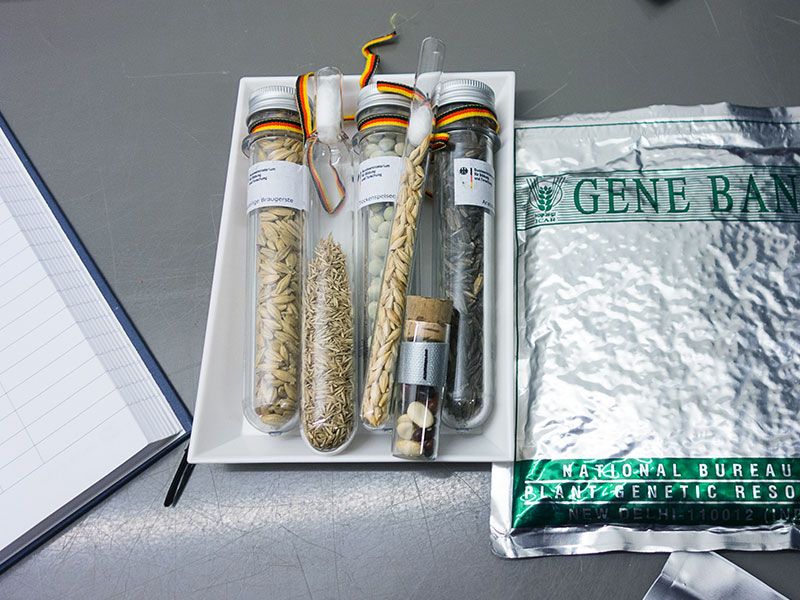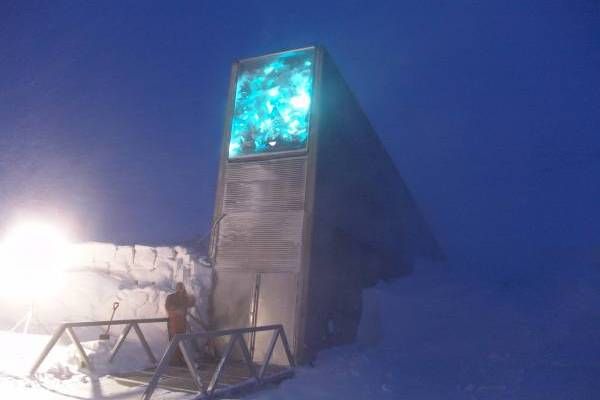The Arctic "Doomsday" vault that preserves humanity's food sources is having its own doomsday crisis.
The Svalbard Global Seed Vault, located deep within a mountain on the northern Norwegian island of Spitsbergen, was designed to protect the world's most precious seeds from global catastrophe, but has had flooding issues since last year.
The seed bank officially opened in 2008, and contains millions of packets of seeds from almost every country in the world.
The idea here is that in the event of a major regional or global disaster, these seeds can be preserved and replanted if needed be.
However, no one suspected these seeds, which can last for up to 1,000 years, would be needed only a few years after its high-security doors were closed in 2008.
The civil war in Syria resulted in the first seed to be withdrawn to replace those previously stored in a gene bank in Aleppo, and now rising global temperatures are putting the whole structure at risk.
That being said, there's still time to fix this issue, and the Norwegian government is already working on it.
The Arctic has been experiencing a sharp rise in temperatures over the past decade.
Last year, the ice that melted around the vault's doors froze in the entrance tunnel before infiltrating the seed bank.
These storage rooms are kept at −0.4 °F (−18 °C), and if the electricity supply fails, the permafrost that surrounds the facility is needed to help the vault maintain those low temperatures.
Hege Njaa Aschim, spokeswoman for the Norwegian government, which owns the seed bank, told The Guardian: "It was not in our plans to think that the permafrost would not be there and that it would experience extreme weather like that. It was supposed to [operate] without the help of humans, but now we are watching the seed vault 24 hours a day. We must see what we can do to minimize all the risks and make sure the seed bank can take care of itself."
Construction is scheduled to begin next spring, once they receive approval from the Ministry of Agriculture and Food. Approximately 17,000 cubic meters of loose mass will be removed from around the tunnel's opening and will be replaced with a new waterproof, concrete structure.
In addition, the foundation will have better drainage systems to combat melting water.
The vault is scheduled for completion in 2019.
